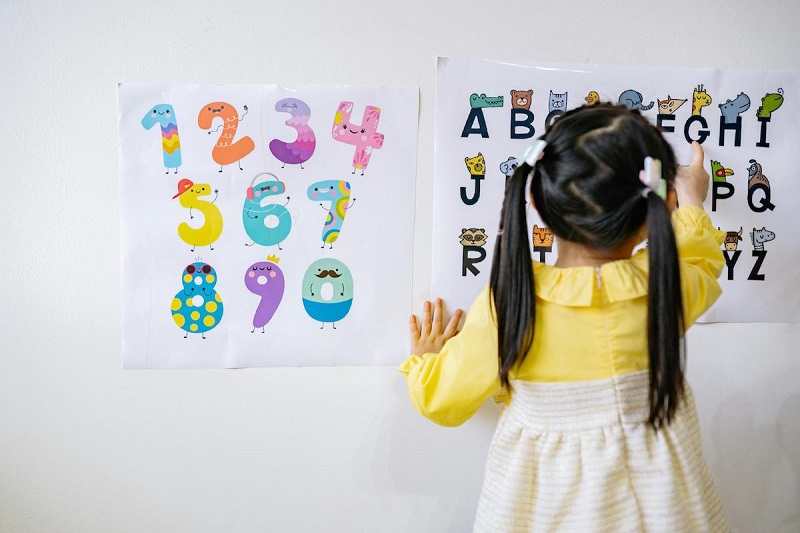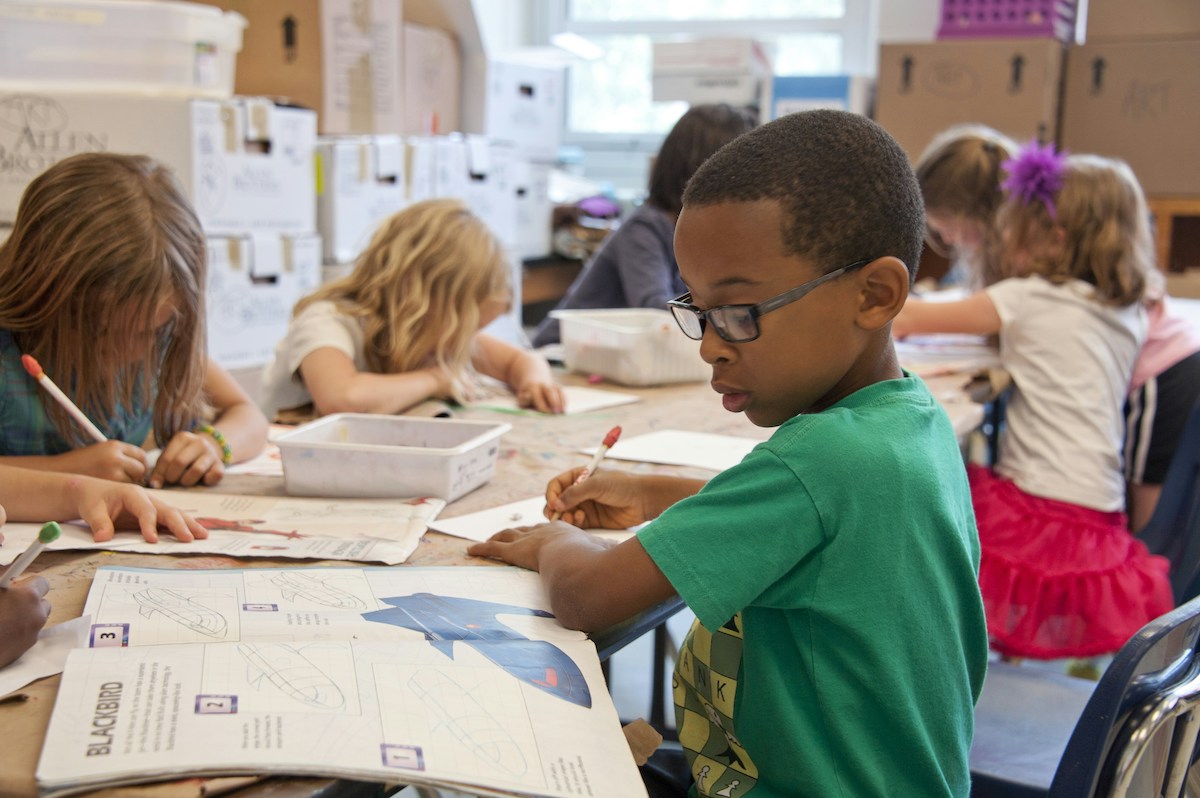My kids’ school district says that studies show that spelling tests don’t work, asserting that kids memorize the words and immediately forget them. I did spelling tests growing up, and I thought that they worked fine. If you don’t teach spelling through tests, how do you teach it? What should replace them?
—Spelling Obsessed
The question of how to teach spelling effectively is … not new. In looking into this, the first paper I came across was written in 1930, in The Elementary School Journal. It begins with: “Spelling books published in the last few years are decidedly different from those generally used a decade ago.” This paper, despite being almost 100 years old, is actually extremely interesting and compelling.

What the authors did — using a sample of 25 classrooms in East Chicago, Indiana — was look at the value of a system of weekly test words. The students took a pre-test on a Monday, spent the week learning the words, and took a post-test on Friday. They were then tested again a month later and four months later. The average percentages were 57% on the pre-test, 84% on the end-of-week test, 79% one month later, and 77% four months later. These results suggest about a 92% retention rate for spelling. That’s pretty good!
This method, called “test-study-test,” continued in wide usage at least through the early 1980s, when a review paper noted the wide evidence base and added some thoughts on how it could be most effectively used (including that words should be in a list rather than in paragraphs, and student should be taught how to study). Generally, the claim that your school district made that the words are “immediately forgotten” is simply not supported in the data.
Aside from this, there have always been and perhaps increasingly are arguments that, while spelling is important, it is not necessary to teach it, as it will be naturally acquired while students learn to read. This is sometimes called “spelling is caught” — you catch on to spelling while learning to read. Under this approach, a formal teaching of spelling may be considered a waste of time, since it takes time away from other school activities.
However: as outlined pretty clearly in this 2014 review and meta-analysis, there is evidence that formal spelling instruction enhances learning of spelling. The other method also works to some extent! But adding formal instruction matters.
I will leave to you whether you want to push back on your child’s school. There may be other reasons they do not want to use spelling tests per se, although I do hope there is some formal instruction in spelling. Otherwise they will end up like me, someone who once misspelled the word “descend” in a school newspaper headline. (Seriously, why does that word have a “c” in it — that’s ridiculous.)
Community Guidelines















Log in